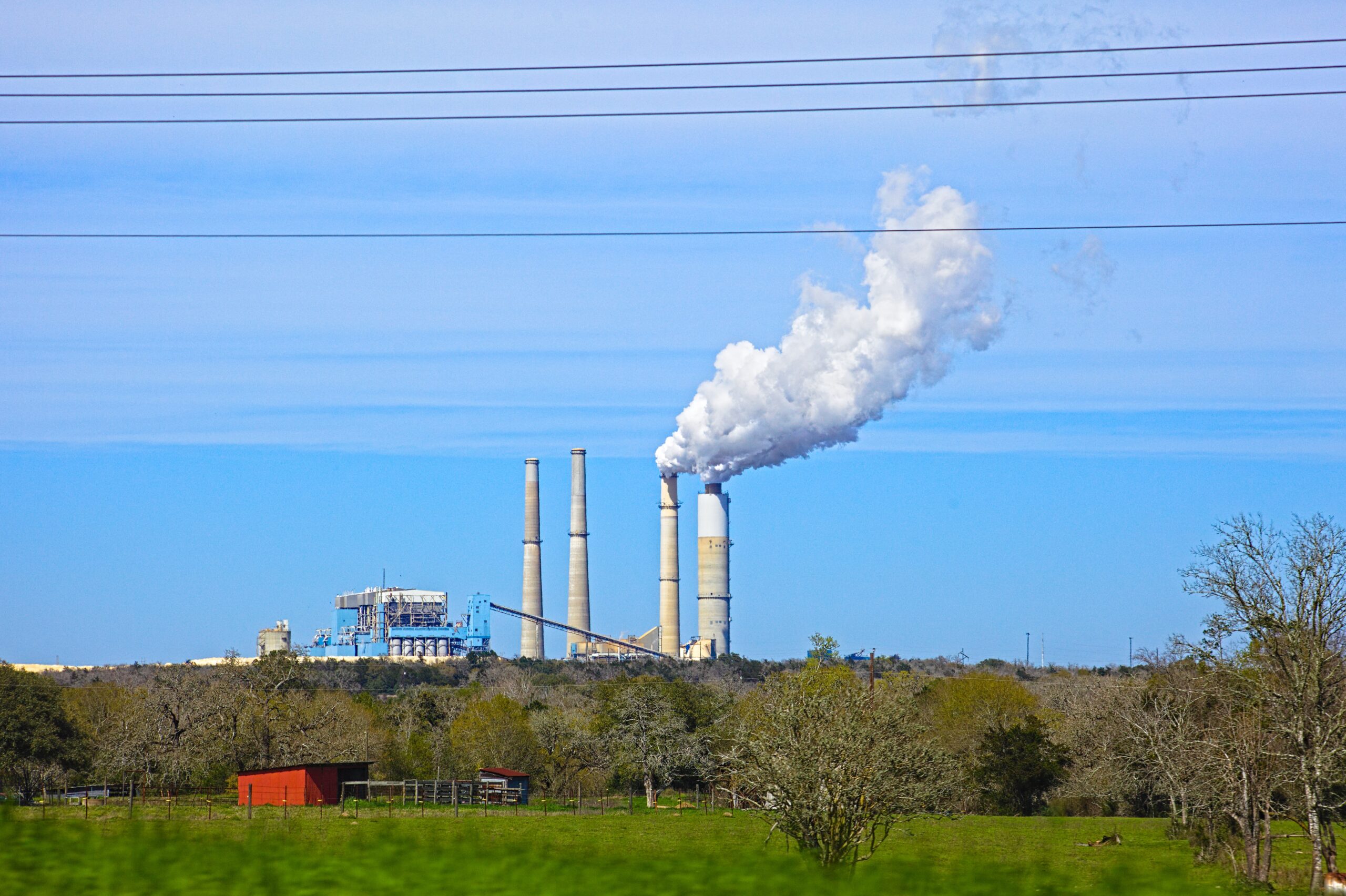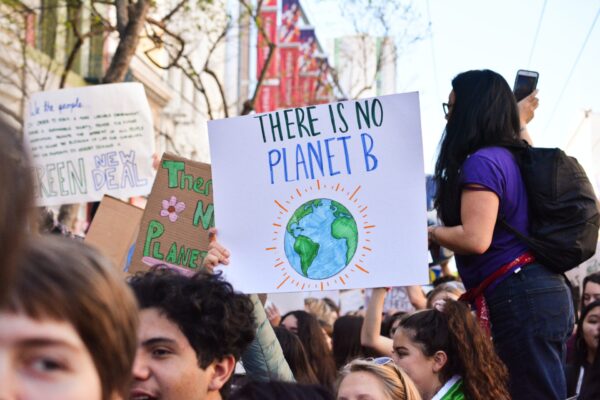The study by Global Carbon Project says that while China has managed to decrease it carbon dioxide emission by one percent, the emissions have increased in United States and India
RH Staff
November 11
While carbon dioxide emissions have shown an increase of one percent globally in the last one year, China has fuelled surprise as it has managed to cut down the emissions by almost one percent. The carbon dioxide emissions in the United States have increased by 1.5 percent.
This has been revealed in a study, by scientists at the Global Carbon Project. he study was released on Friday at international climate talks in Egypt’s Sharm-el-Sheikh.
“Preliminary data for 2022 show an increase in fossil CO2 emissions relative to 2021 of +1.0% (range 0.1% to 1.9%) globally, primarily driven by growth in oil use from the delayed rebound of aviation since the COVID-19 pandemic,” reads the study. “(The) 2020 emissions declined 5.4% from 2019 levels because of COVID-19 measures”.
The study said that the latest data confirm that the rate of increase in fossil CO2 emissions has slowed, from 3% per year during the 2000s to about +0.5% per year in the past decade.
The study, however, says that China has managed to cut down on its carbon dioxide emissions while the emissions have increased in the United states and India. “Emissions for 2022 are projected to decrease in China and in the European Union, but increase in the United States, India, and the Rest of the World,” reads the report. “Fossil CO2 emissions decreased in 24 countries during the decade 2012-2021 while their economies grew. Altogether, these 24 countries contribute about one-quarter of world CO2 fossil emissions”.
The study report says that the carbon dioxide emissions from the land-use change have shown a “small but uncertain” decline over the past two decades. “CO2 emissions from land-use change are projected to be 3.9 GtCO2 in 2022, ten times less than fossil emissions, with a small but uncertain decline over the past two decades,” says the study. “The highest net CO2 emissions from land-use change during 2012-2021 are Indonesia and Brazil, which together with the Democratic Republic of the Congo contribute more than half (58%) of the global total land-use emissions”.
The report says the total anthropogenic CO2 emissions (fossil and land-use change) are projected to reach 40.6 GtCO2 in 2022, slightly above their 2021 level of 40.2 GtCO2 but still below the 2019 level of 40.9 GtCO2.
The report says the level of carbon dioxide continued to increase in the atmosphere because of continued carbon dioxide emissions.
“Atmospheric carbon dioxide concentration increased 2.5 parts per million in 2021 and is projected to increase by 2.5 parts per million (19.5 GtCO2) in 2022 to reach 417.2 parts per million averaged over the year, 51% above its pre-industrial level,” the report says.
The study says there is a 50 percent likelihood to limit global warming to 1.6°C.
“Reaching zero CO2 emissions by 2050 entails a total anthropogenic CO2 emissions linear decrease by about 1.4 GtCO2 each year, comparable to the observed fall in 2020 emissions resulting from COVID-19 measures, highlighting the scale of the action needed,” says the report. “This would result in additional emissions of 560 GtCO2 from the year 2023, leading to a 50% likelihood to limit warming to around 1.6°C”.




